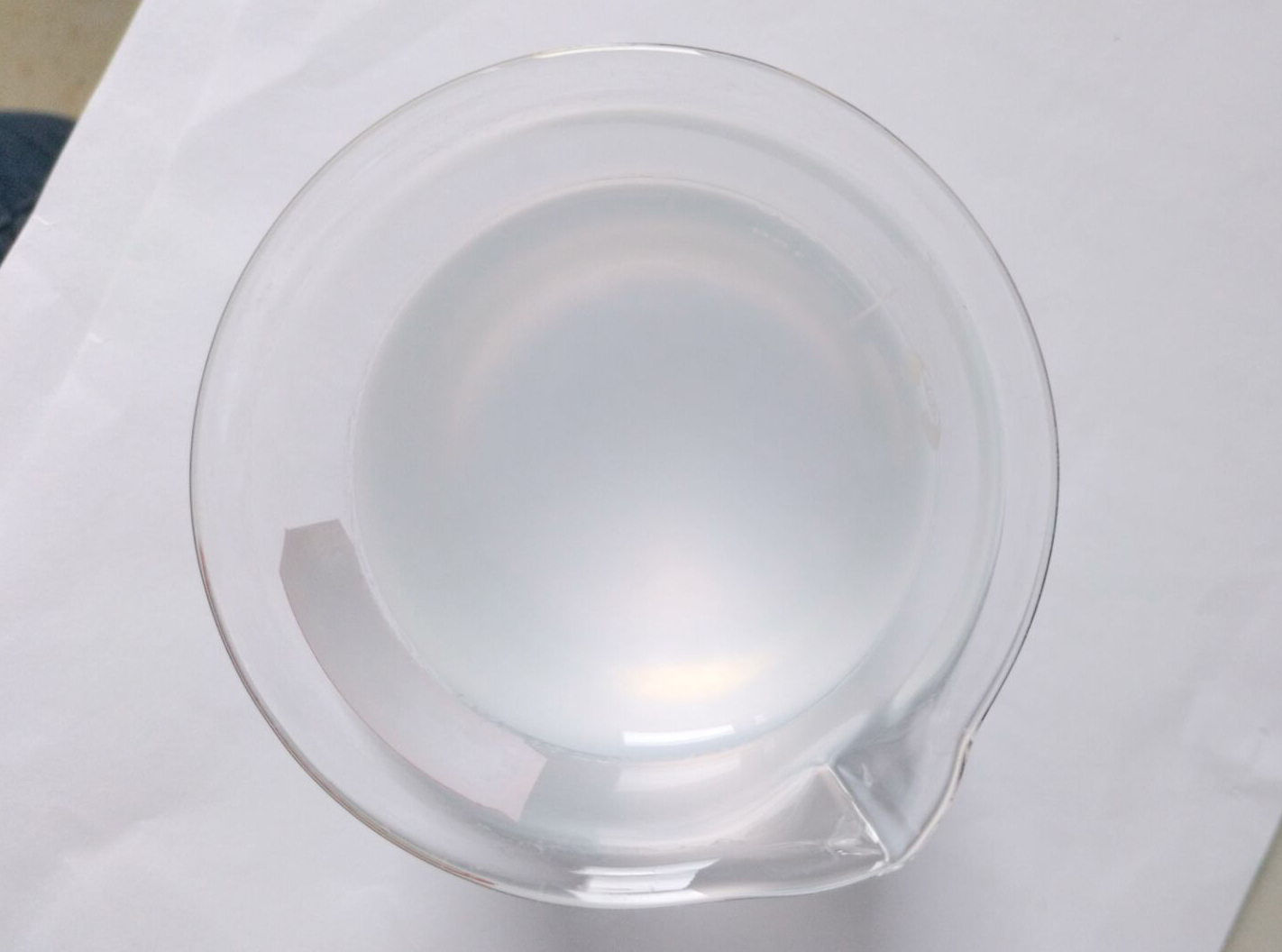Carbomer 940 is a commonly used thickening agent, stabilizer, and viscosity enhancer in a wide range of cosmetic and personal care products, including creams, lotions, gels, and other topical formulations. It is also used in some pharmaceutical products. Carbomer 940 is typically supplied as a white, fluffy powder and needs to be properly hydrated to form a gel-like consistency.

Here’s a general guide on how to use Carbomer 940 in your formulations:
- Safety Precautions: Always wear appropriate personal protective equipment (PPE) when handling powders and chemicals. Read and follow the safety data sheet (SDS) provided by the supplier.
- Hydration: Carbomer 940 requires proper hydration to form a gel. To do this, you’ll need to disperse the powder in water or another aqueous solution. The ratio of Carbomer 940 to water depends on the desired viscosity of the final product, but a typical starting point is about 0.2% to 2% Carbomer 940 by weight. You’ll need to experiment with this ratio to achieve the desired consistency.
- Neutralization: After the Carbomer 940 is hydrated, it needs to be neutralized to achieve maximum thickening and stabilizing effects. This is typically done by adding an alkaline substance, such as triethanolamine (TEA) or sodium hydroxide (NaOH), drop by drop while stirring the mixture. The pH of the mixture should be adjusted to around 6.0 – 7.0. This step is crucial for achieving the desired texture and stability of the final product.
- Mixing: Stir or mix the solution well to ensure even distribution of the Carbomer and thorough neutralization. Use a mechanical mixer or a high-speed mixer for best results. The mixture will gradually thicken and turn into a gel-like consistency.
- Incorporation into Formulations: Once you have a well-formed Carbomer gel, you can incorporate it into your desired cosmetic or personal care formulation. This may involve mixing it with other ingredients like oils, emulsifiers, preservatives, fragrances, and active ingredients. Follow your specific formulation recipe or guidelines.
- Quality Control: Test the viscosity, texture, and stability of your final product. Adjust the Carbomer concentration, neutralization, and other formulation components as needed to achieve the desired attributes.
- Packaging and Storage: Once you’re satisfied with the formulation, package the product in appropriate containers. Ensure proper labeling and storage conditions according to your product’s requirements.
It’s important to note that the exact process may vary based on the specific formulation and application. It’s recommended to consult resources provided by your Carbomer supplier and to conduct small-scale tests and experiments to optimize your formulations.
Additionally, this guide provides a general overview of using Carbomer 940, but if you’re new to cosmetic formulation, it’s advisable to seek guidance from a cosmetic chemist or experienced formulator to ensure the success and safety of your product.
